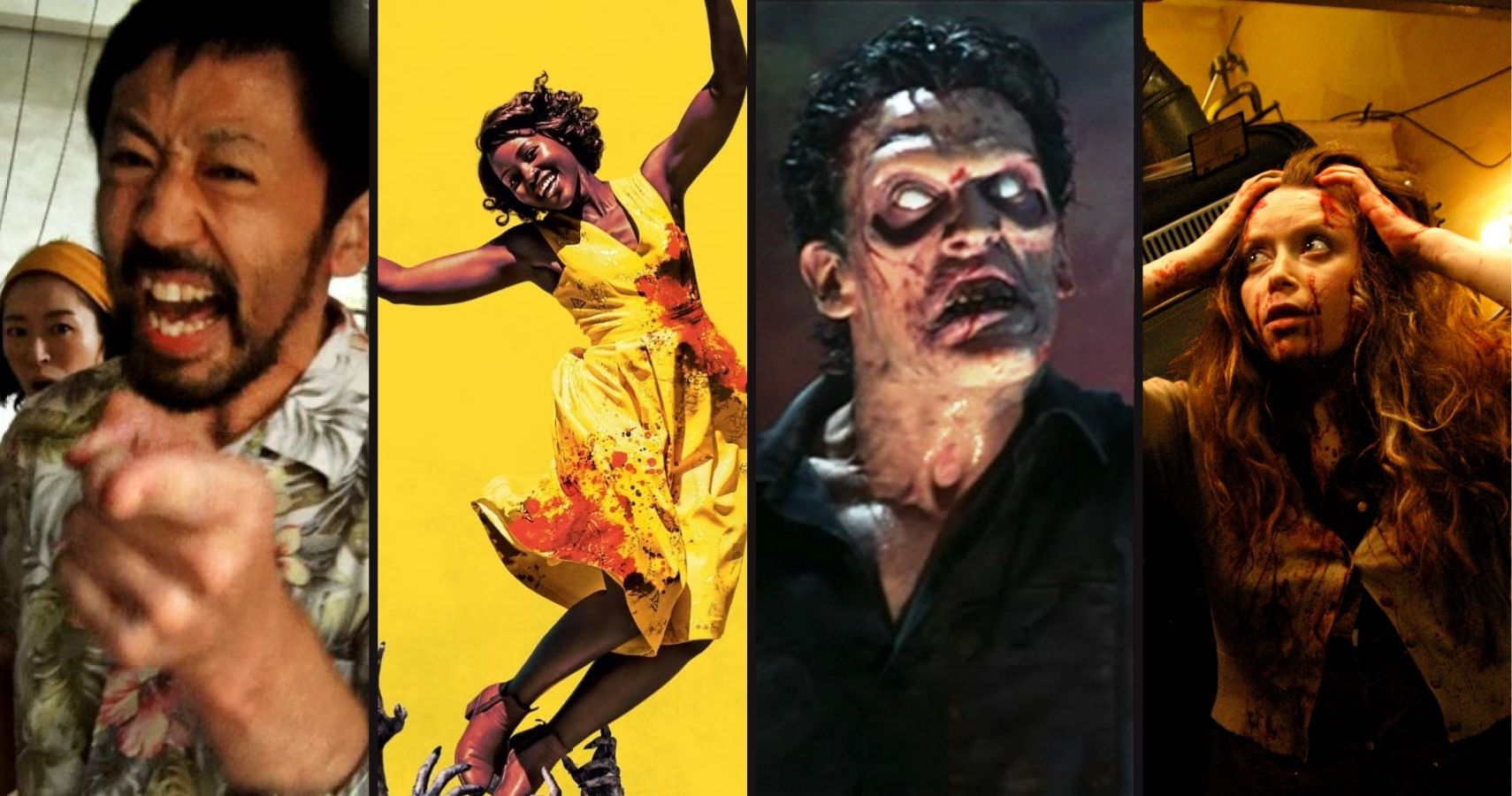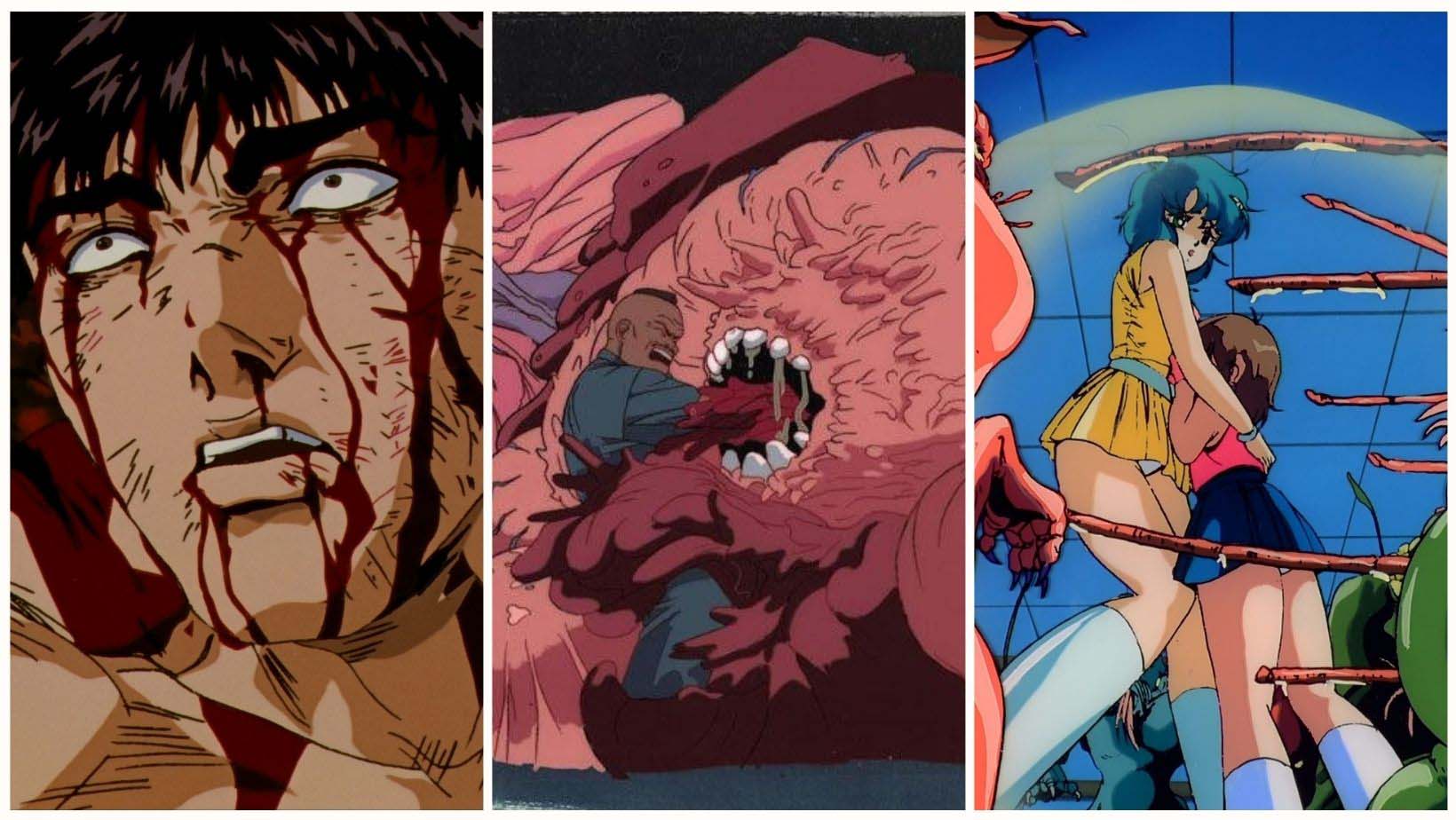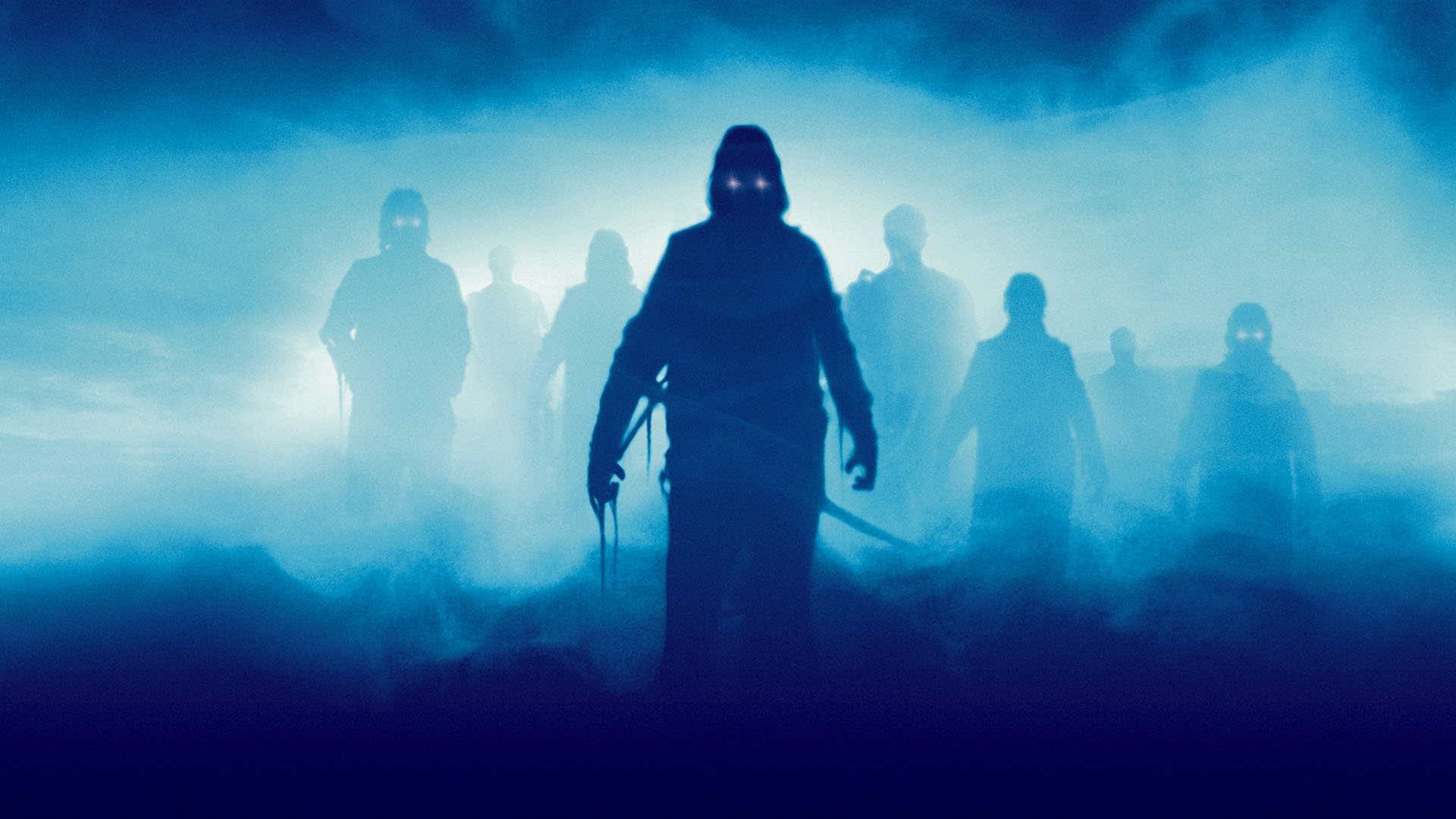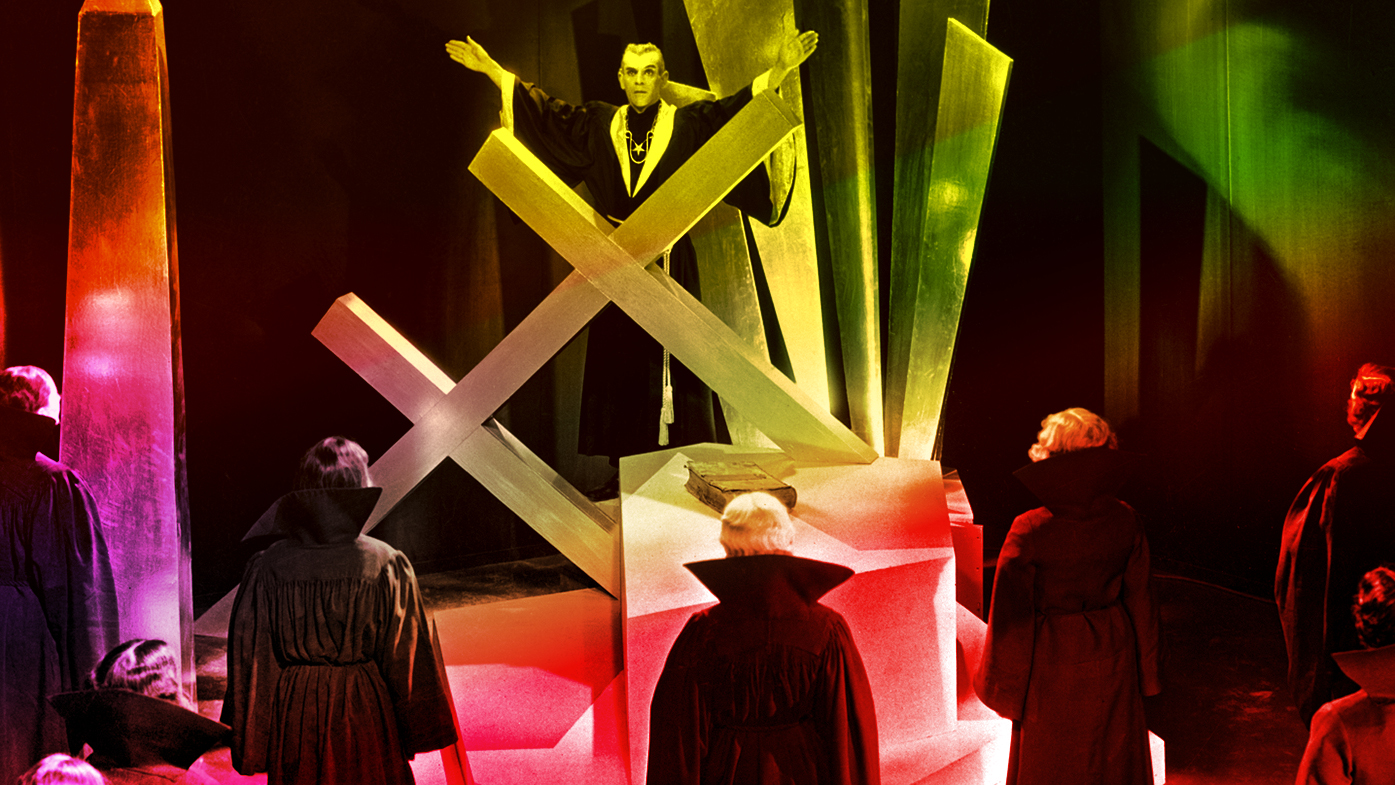
The Classic Movie Monsters of Hollywood from the 1930s
During the Great Depression, Americans sought relief in the comforting darkness and fantasy worlds they found in movie theaters. In the years following the violent conflict and subsequent societal upheavals of WW I, the United States suffered an epic economic crisis caused by the stock market crash of 1929 and the failure of the banks. Americans found their lives upended as they lost their savings, their jobs, and their homes.
Movies provided much needed respite from those dark and uncertain times. Hollywood movie studios began churning out films to provide escapism for their patrons. For the price of a dime, audiences got a full program of movies, shorts and group singing between features. After Universal Studios’ 1931 Dracula became a hit, Hollywood scrambled to find more horror-related content to slack the audience’s thirst for fantastic creatures and heroes to fight them. In the brief period between 1931 and 1935, led by Universal Studios, Hollywood created the classic movie monsters that still live in our pop culture subconscious 90 years later.
The Classic Movie Monsters of Universal Pictures
Dracula (1931)
Directed by Tod Browning, this film was the first official version of Bram Stoker’s genre-defining 1897 novel. It set the major precedents for almost all vampire films to come. The suave and seductive vampire, their fear of religious objects and sunlight, and death by a stake through the heart, were all laid out to the public. The film was a commercial success for the financially struggling Universal Studios and made Hungarian actor Bela Lugosi a household name.
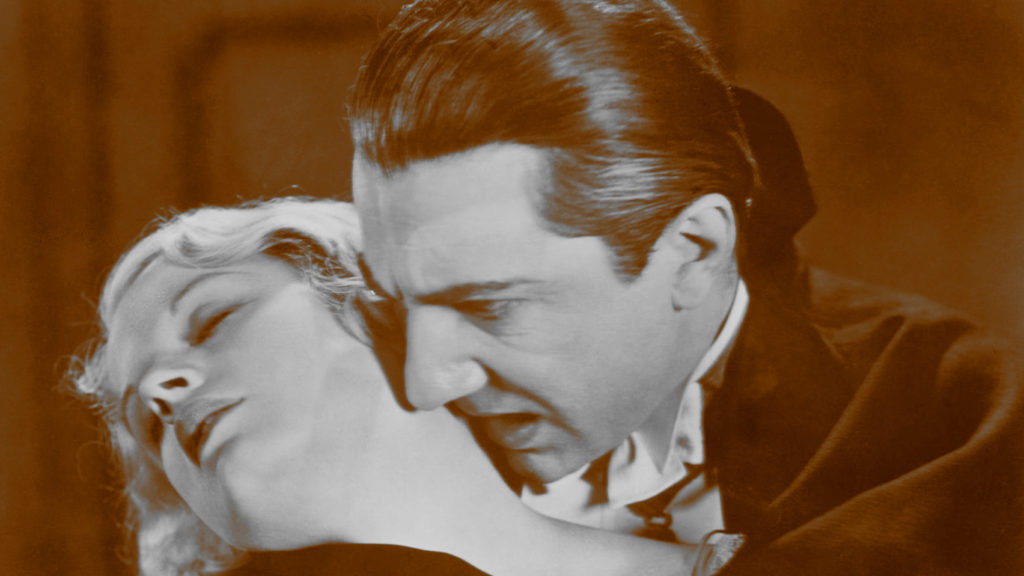
The Mummy (1932)
Universal kept Bela Lugosi and Boris Karloff busy after their 1931 star-making premieres. While Lugosi appeared Robert Florey’s Murders in the Rue Morgue (1932), Karloff played dual roles in Karl Freund’s The Mummy. Karl Freund pioneered the “unchained” camera, which allowed the camera to move around the set, inviting audiences to walk through the temples and burial chambers of ancient Egypt in this tale of obsessive love through the centuries.
Besides fear of the supernatural, Universal also picked up on the growing distrust of science, where people of the time were afraid of potential unforeseen terrors brought about in its name. They wondered if science was trying to replace God, and they worried about what horrible punishments God would mete out for this blasphemy. Mad scientists like doctors Frankenstein, Jekyll and Moreau gave life to these fears on the movie screen.
Frankenstein (1931)
Spurred on by the success of Dracula, Carl Laemmle Jr., Universal Studios’ head, demanded more horror to quench the public’s thirst. The source of Universal’s next property was Mary Shelley’s 1818 novel Frankenstein; or, The Modern Prometheus. Director James Whale and actor Boris Karloff, with the help of make-up effects artist Jack Pierce and special effects artist Kenneth Strickfaden, created the iconic mad scientist in the lab and the scarred, flat-topped being created from human body parts. As with Dracula, the studio had a commercial and a critical success, thanks to Karloff’s sympathetic portrayal of the monster.
Trivia: The studio did not reveal the name of the actor playing the monster until the final credits rolled at the premier. A question mark stands in the place of Karloff’s name in the opening credits. The studio didn’t even invite him to the premier.
The Invisible Man (1933)
James Whale also directed this adaptation of H. G. Wells’ novel. Claude Rains starred as Jack Griffin, a scientist whose pursuit of invisibility drives him insane. His malevolent, unseen phantom was the personification of a growing paranoia and distrust of science. The movie received praises for the innovative special effects used, especially the scene where Griffin sheds his clothes and bandages, revealing his invisibility.
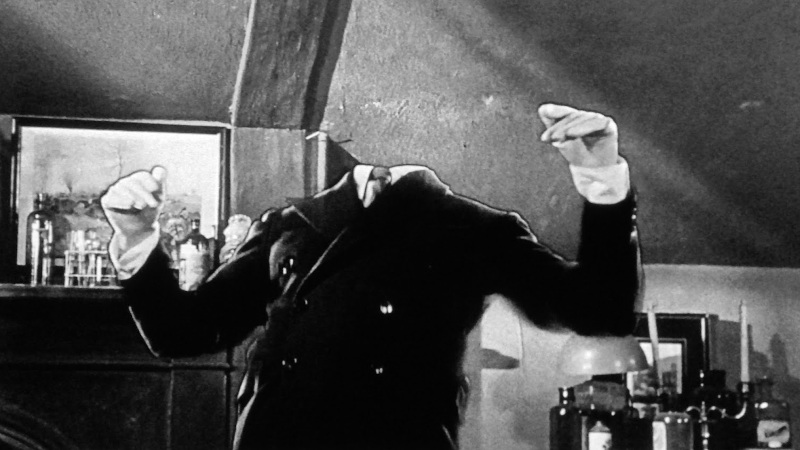
Werewolf of London (1935)
Director Stuart Walker’s tale of dueling scientists seeking a cure for lycanthropy was the first mainstream Hollywood werewolf movie. Lycanthropy is the ability to shape-shift into a wolf or wolf-human hybrid. This early version treated “werewolfism” as a communicable illness and not as the supernatural affliction later versions popularized.
Trivia: Lycanthropy is more than just an ancient piece of folklore. It is also a psychiatric syndrome where the patient suffers from the delusional belief of turning into a wolf.
Other Pre-Hays Code Monsters
While movies of the early 1930 had to exercise caution over graphic content, almost anything went thematically! Horror movies pushed boundaries around taboo subjects in ways that can still be shocking.
Dr. Jekyll and Mr. Hyde (1931)
Paramount Pictures and director Rouben Mamoulian’s version of Robert Louis Stevenson’s famous story earned actor Fredric March an Academy Award for his performance in the title role(s). Mamoulian’s version explored Dr Jekyll’s ill-fated attempt to purge his pent-up, bestial desires. Instead of purifying himself, he becomes the personification of the most savage and brutal parts of his psyche. The scenes of Hyde’s sadistic abuse of prostitute Ivy (Miriam Hopkins) and her terrorized reactions are still shocking to this day to watch as he torments and tortures her.
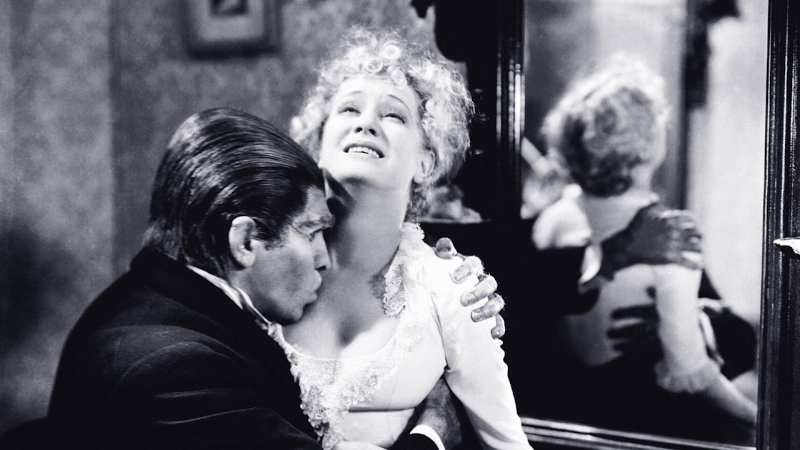
The Island of Lost Souls (1932)
Paramount Pictures and director Erle Kenton’s version of H. G. Wells’ The Island of Dr. Moreau was one of the most controversial films of its time. Charles Laughton’s portrayal of Dr. Moreau took the mad scientist trope, turned it up to 11 and kept it there to the film’s shocking conclusion. The movie is a blasphemous retelling of the Biblical fall of man when God expelled Adam and Eve from the Garden of Eden. In this version, God creates unspeakable monsters and humankind abandons Eden, leaving its creator to be torn asunder by his own beastial creations. Moreau’s claims of godhood caused several states to ban the film outright, and the depiction of extreme cruelty during the vivisection scenes resulted in England banning the film for 20 years (finally releasing it with an X rating in 1958). Bela Lugosi is unrecognizable as the hirsute Sayer of The Law, one of Moreau’s part man, part beast creations.
Trivia: The Sayer of the Law’s question of “Are we not men?” became part of American band Devo’s debut album title, Q: Are We Not Men?
Freaks (1932)
England banned this movie for decades. Metro-Goldwyn-Mayer and director Tod Browning presented a twisted tale of exploitation and revenge that was considered too extreme for the public. When traveling circus trapeze artist Cleopatra (Olga Baclanova) discovers Hans (Harry Earles), one of the sideshow little people, is rich, she and Hercules the Strongman (Harry Victor) plot to kill him and take his money. When the rest of the sideshow performers (portrayed by many actual sideshow performers such a Johnny Eck – the Half Boy, the conjoined Hilton Twins, and Prince Randian – the Living Torso to name a few) learn of the plot, they rescue Hans and extract a horrible revenge on the two “normal” people. The image of the performers crawling through the mud toward a trapped Hercules is nightmare-inducing. Cleopatra suffered an even worse fate: she became one of the “freaks” she hated. Trivia: The Ramones borrowed the “We accept you, one of us” chorus from Hans and Cleopatra’s wedding feast for the 1977 song Pinhead! Gabba Gabba Hey!

The Black Cat (1934)
This was the first of eight films featuring both Boris Karloff and Bela Lugosi. Director Edgar Ulmer’s tale of rivals settling scores is a flammable cocktail of Satanism, ne***philia, war atrocities and torture in post-WWI Hungary. It is the only film they made together before 1935, when The Hays Code started dictating what studios could and could not shown in movies.
1935 and Beyond – Sequels, Remakes and Parodies
After July 1st, 1934, Hollywood began enforcing The Hays Code. The code was derived from principles taken from the Catholic Church and was meant to protect movie-goers from the destructive exposure to on-screen sin. Many felt the code muzzled creative voices and dampened the effects films had. Basically, the code was a list of do’s and don’t for studios to clean up movies. The “don’ts” included nudity, in bare skin or silhouette, sex or sexual situations, miscegenation, drug and alcohol use, and anything that could be considered mocking towards the church or religion. On the “do’s” side, all criminal acts needed to be punished.
The Bride of Frankenstein (1935)
Universal Studios began looking back on its classic monsters for new ideas. Considered by many to be horror’s greatest sequel (indeed, some feel it surpasses the original Frankenstein) Bride reunited director James Whale and stars Boris Karloff and Colin Clive (the original’s Dr. Frankenstein) to return to the mountaintop laboratory for more shenanigans with the newly deceased. In another example of Universal’s infatuation with dual roles, British actor Elsa Lanchester played both Mary Shelley and the female monster. The next Frankenstein sequel, The Son of Frankenstein, was the last time Karloff donned the cumbersome monster costume, leaving Bela Lugosi, and Lon Chaney Jr, to play the monster in the later films.
Trivia: Early in her career, Elsa Lanchester was a professional “other woman.” Couples seeking a divorce would hire her to spend a (chaperoned) night with the husband, making it seem he was unfaithful.
The Wolfman (1941)
Universal felt it was time to reboot the werewolf genre. This time they used Jack Pierce’s full facial makeup, developed for Werewolf of London, but was rejected because Henry Hull needed to remain recognizable after his transition. Curt Siodmak’s screenplay dug deeper in the folklore around lycanthropy. Lon Chaney Jr., son of celebrated silent movie actor Lon Chaney, took on the title role.
Abbot and Costello meet Frankenstein (1948)
Universal discovered that horror also had a sense of humor. From 1948 to 1955, the comedy duo of Bud Abbott and Lou Costello made several spoofs pitting them against Universal’s classic monsters. Abbot and Costello meet Frankenstein, the first of these, featured Bela Lugosi and Lon Chaney in their most famous roles (this would be the last time Lugosi would play Dracula). Other titles included Abbott and Costello Meet the Invisible Man (1951), Abbott and Costello Meet Dr. Jekyll and Mr. Hyde (1953), with Boris Karloff as Dr. Jekyll, and Abbott and Costello Meet the Mummy (1955).
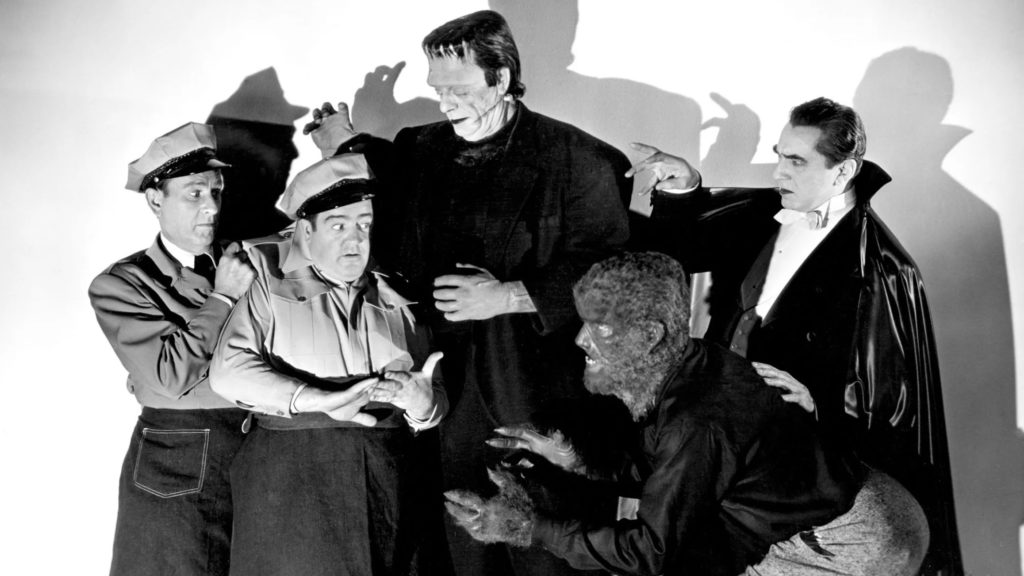
More Lists
Fans of the horror are very much aware of the amount of subgenres that have been birthed out of the general moniker of being called horror. However, out of all… When it comes to horror subgenres, body horror is, by far, the most impressive visually – the loss of bodily autonomy in the most horrendous and intimate way. As such,… Welcome to the second part of our list Celebrating The Best Hidden Gems of The Found Footage Horror Genre! We covered a lot of ground already, but have just as… Although psychological horror will always hold a special place in my heart, once in a while, everyone needs some blood and guts sprinkling the pages of their manga. Sometimes, it… What exactly is fog and mist you may ask? Certainly we see it, but can we really touch it? I am not sure, but Dictionary.com defines fog as a cloudlike… Anime opening and ending songs are often the presentations for whatever show you want to watch for the first time. They try to convey the tone and themes that the…30 Best Horror Comedy Films – From Classic to Cult
11 Best Body Horror Anime Of The 80s & 90s – A Vessel For Visceral Visuals
Celebrating The Best Hidden Gems of The Found Footage Horror Genre (Part 2)
10 Most Gruesome and Gory Manga
[April Fools] The Best Fog and Mist in Horror Movies
Top 10 Deceitful Opening and Ending Songs for Unusually Dark and Disturbing Anime
I am a lifelong lover of horror who delights in the uncanny and occasionally writes about it. My writing has appeared at DIS/MEMBER and in Grim magazine. I am also in charge of programming at WIWLN’s Insomniac Theater, the Internet’s oldest horror movie blog written by me. The best time to reach me is before dawn.
